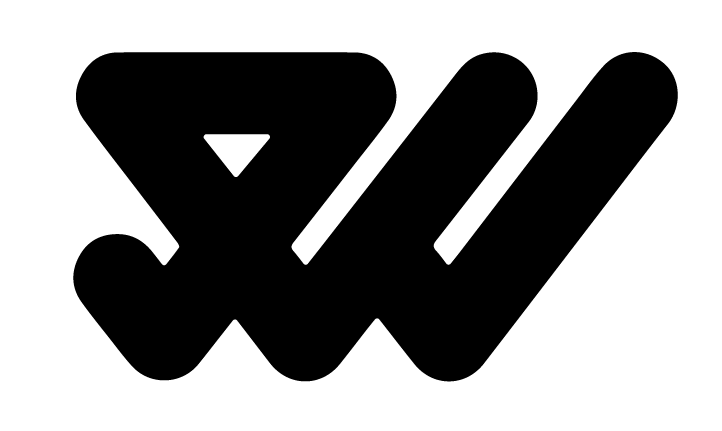18 February 2016
4 min read
1 : Increase Sales and Revenue Any professionally run business will...
Read More19 October 2015
7 min read
When the Center for Creative Leadership (CCL) decided to overhaul its brand...
Read More14 October 2015
1 min read
Matteo Bologna Matteo Bologna is the founder and principal of Mucca Design....
Read More8 October 2015
1 min read
This post is short and sweet to outline the fact that copyright,...
Read More

